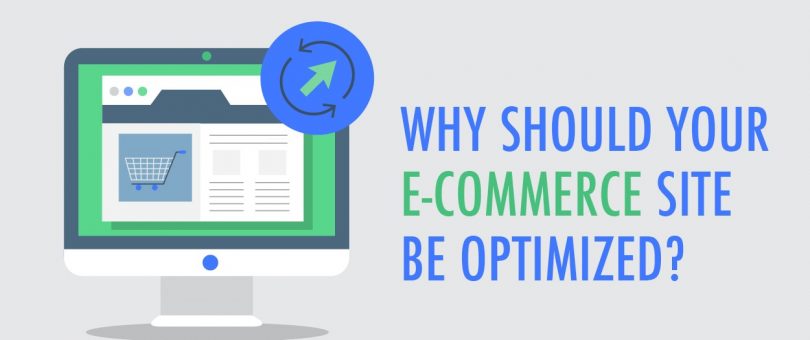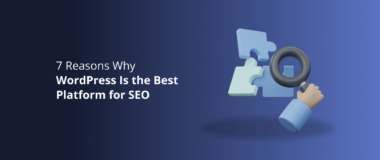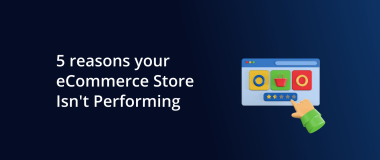Is your e-commerce site optimized? Your first thought is probably, yes. You follow Google’s webmaster guidelines carefully. And you do your best to provide comprehensive and secure payment methods, ensuring that your customers can make their purchases anyway they want.
However, an e-commerce site is never a done deal. Even if the site is doing fine for now, business owners must diligently stay on top of optimizing an e-commerce website and ensure that Google and other major search engines continue to think favorably of their web pages.
The best practices for web design are constantly changing. At best, failing to keep up with modern trends will make your site look dated. At worst, it could impact your search engine rankings and lead to your site being buried by competitors. Image carousels, for example, were once a popular design practice, but we soon learned that they’re most effective at frustrating users and preventing them from finding important information. Hamburger menus are a more contemporary feature that’s popular now, but they present a similar problem with hiding critical information.
These issues are obvious, but they could be more problematic than you think. Design problems like these can lead to customers abandoning their shopping carts or they can contribute to high bounce rates and low click-through rates. These factors are only a few that can reduce your search engine optimization efforts, which is why continually optimizing your e-commerce site is important. Explore the facts and information in the following infographic to find out how it can be done.
*This post was submitted by CopyPress.





